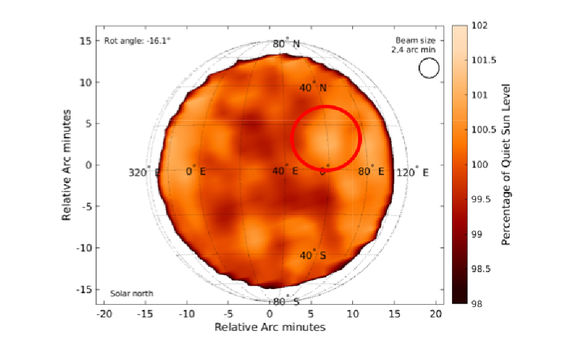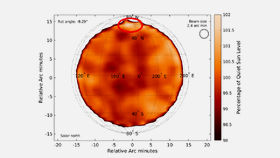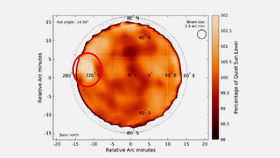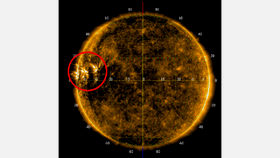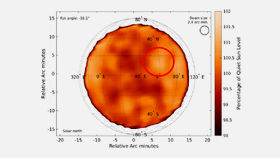Researchers also found radio brightenings in some areas where no explanatory factor was found on the basis of satellite observations.
‘The other sources used did not explain the cause of the brightening. We don't know what causes those phenomena. We must continue our research’, Kallunki says.
Additional observations and research are also needed to predict whether the phenomena of the solar minimum indicate something about the next active period, about its onset and intensity, for example. Each one of the last four cycles has been weaker than the previous one. Researchers do not know why the activity curves do not rise as high as during the previous cycles.
‘Solar activity cycles do not always last exactly 11 years, either’, explains Docent Merja Tornikoski.
‘A new activity period will not be identified until it is already ongoing. In any case, these observations of the quiet phase we are now analysing are clearly during a period when activity is at its lowest. Now we are waiting for a new rise in activity.’
Solar storms can cause danger
On the Earth, the solar activity can be seen as, for example, auroras. Solar activity can even cause major damage, as solar storms caused by solar flares can damage satellites, electricity networks and radio frequency communications. The study will help to prepare for such damage.
“In solar storms, it takes 2–3 days before the particles hit the Earth. They reach satellites higher up in orbit much faster, so that would leave us even less time to prepare for damage,” Kallunki points out.
Located in Kirkkonummi, Aalto University Metsähovi is the only astronomical radio observatory and continuously operational astronomical observation station in Finland. Metsähovi is internationally known for its unique, continuous datasets, including a solar monitoring programme spanning over 40 years that has collected data from scientifically very interesting high radio frequencies. This is possible thanks to the exceptionally precise mirror surface of the Metsähovi radio telescope.
J. Kallunki, M. Tornikoski, I. Björklund, Identifying 8 mm radio brightenings during the solar activity minimum, Solar Physics.







